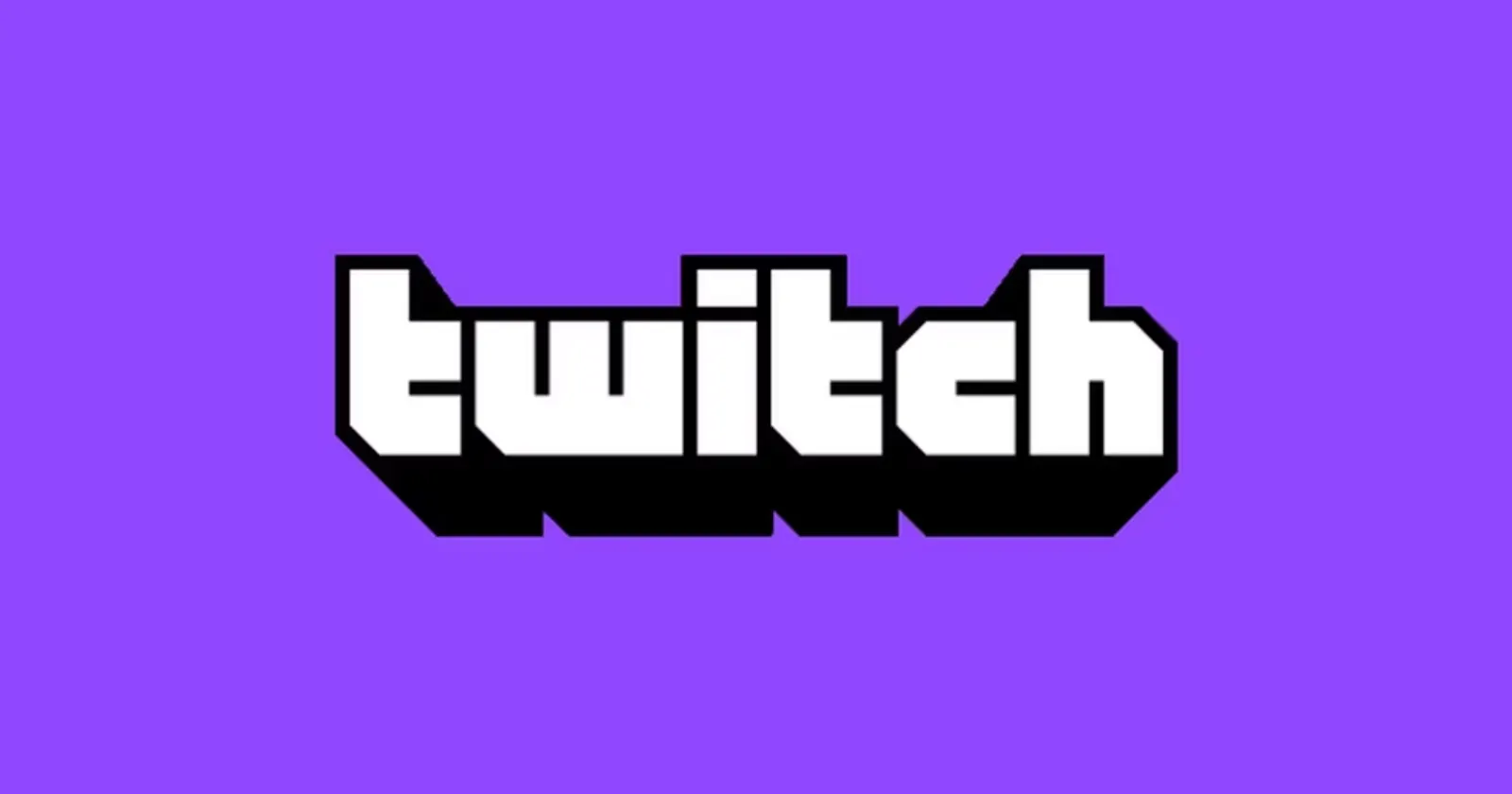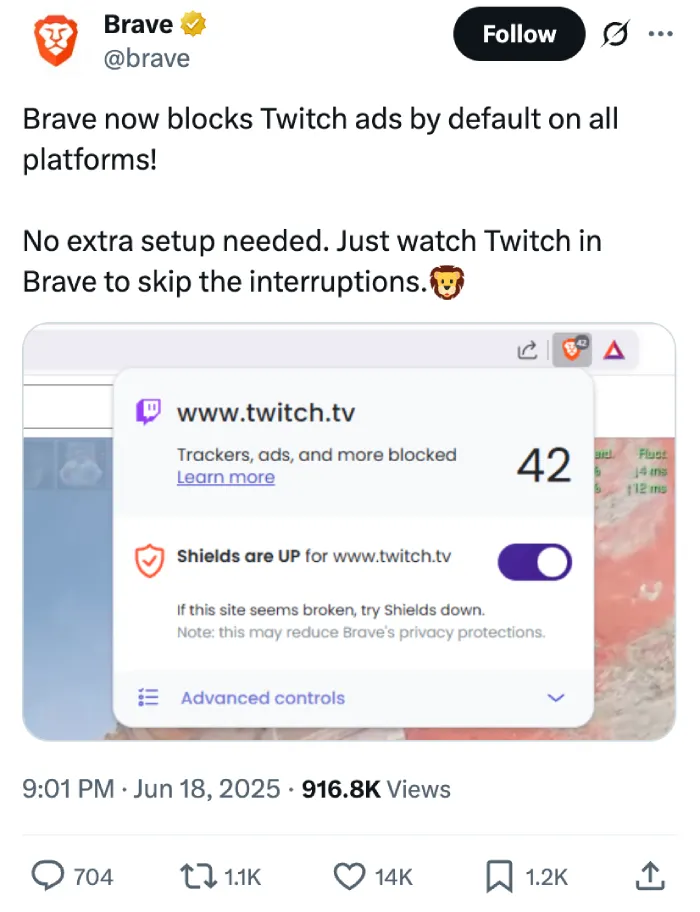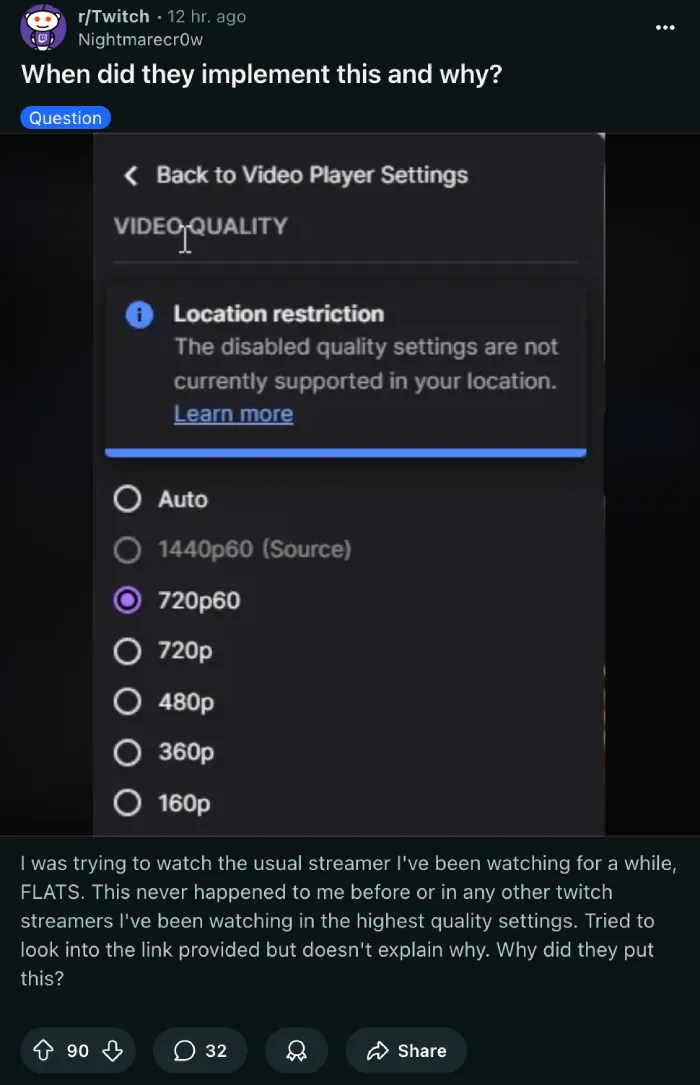Twitch appears to be following in YouTube’s footsteps, actively cracking down on users who rely on ad blockers. Many viewers are now reporting issues with watching streams when their ad-blocking software is enabled. This comes amidst ongoing tests of a new geofenced 2K (1440p) video quality.
The ad blocker battle is heating up on Twitch
For a while now, ad blockers have been a common tool for internet users looking to avoid interruptions. Twitch, a platform heavily reliant on ad revenue and subscriptions, has seemingly decided to take a more aggressive stance against them. Users have taken to Reddit to share their experiences, noting that their streams simply won’t load or only show chat when ad blockers like uBlock Origin are active.
“My Twitch won’t load any video only chat if ublock is on,” one user, SneekeeG, posted on Reddit’s r/Adblock. “When I turn it off it loads video. Is this happening for anyone else?”
Many quickly confirmed similar issues. It seems Twitch is implementing new ways to detect and prevent playback for those using these tools. This isn’t entirely new territory. YouTube has been engaged in a similar cat-and-mouse game with ad blockers for some time. Now, it looks like Twitch is throwing its hat into that ring too.
Some users are trying to find workarounds. There’s chatter about alternative Twitch players or specific user-agent switcher extensions (like this) that might temporarily bypass these restrictions. Even Brave browser, which boasts built-in ad blocking, recently announced that it now blocks Twitch ads by default, implying they’re staying ahead of the curve.
But for many, the frustration is real. For instance, here’s what one user said:
Yeah I got that too. Does anyone have any other ideas or fixes? I did install Alternative Twitch Player but that’s still not exactly ideal.
It’s likely that ad block developers will manage to figure out a way around Twitch’s latest crackdown, but who’s to say how long it’ll last before Twitch blocks that too? So it’s clear that people will have to keep jumping through hoops to keep the ads away.
Geofenced 2K quality: a glimpse into the future, but not for everyone
Beyond the ad blocker skirmish, Twitch is also quietly testing 2K (1440p) video quality, but with a twist. This higher resolution, which offers a noticeably clearer picture for viewers, is currently restricted to specific geographical regions. This means that if you’re not in one of the designated countries, you simply won’t have the option to watch streams in 2K, even if your internet connection and device can handle it.
A user named Nightmarecr0w on r/Twitch shared a screenshot showing a “Location restriction” message in their video quality settings. The message states, “The disabled quality settings are not currently supported in your location.” This has led to widespread confusion and a bit of disappointment among viewers.
Twitch’s official information confirms that 2K streaming is in beta and accessible to “a limited group of streamers.” For viewers, the restriction is indeed geographical. Currently, regions with 2K viewing access include:
North America: United States, Canada
EMEA: Germany, Austria, Switzerland, United Kingdom, Ireland, France, Belgium, Netherlands, Luxembourg, Denmark, Finland, Norway, Sweden, Italy, Spain, Andorra
MENA: KSA, UAE, Qatar, Kuwait
LATAM: Brazil, Mexico, Argentina, Chile, Colombia
APAC: Japan, Australia, and New Zealand
Twitch states this cautious approach is to “learn about the impact of 2K streaming and viewing on Twitch at scale.” While 2K streaming itself offers a significant visual upgrade, especially for gaming content, the regional lockout is leaving many wondering when, or if, it will be rolled out globally. For now, if you’re outside these zones, 1080p remains your top quality option.
TechIssuesToday primarily focuses on publishing 'breaking' or 'exclusive' tech news. This means, we are usually the first news website on the whole Internet to highlight the topics we cover daily. So far, our stories have been picked up by many mainstream technology publications like The Verge, Macrumors, Forbes, etc. To know more, head here.




